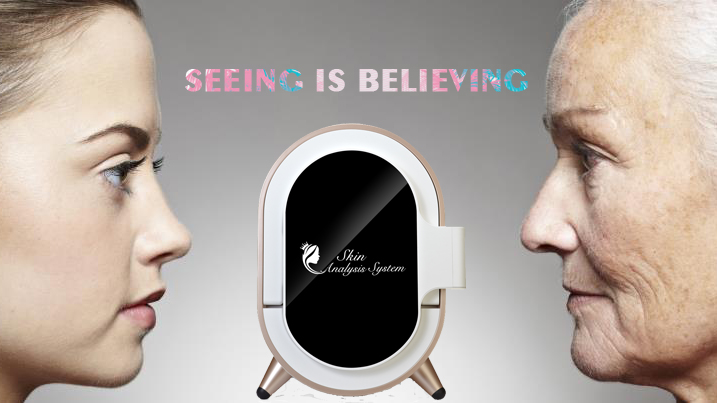Comparative Analysis: A Deep Dive into Instrument Functionality
In this post, we will explore the functionality of an instrument that allows for detailed comparative analysis, focusing on its ability to compare original and problematic images, historical records, and perform directional analysis. Let’s dive into the features and benefits of this powerful function.
1. Comparison of Original Image with Problematic Image(Directional Comparative Analysis (Up/Down, Left/Right, Full Face))
The visual contrast between the two images allows for a quick and comprehensive understanding of the problem.
Key Benefits:
Quick Detection of Issues: Easily pinpoint areas of concern.
Enhanced Decision Making: Helps in determining the root cause of a problem by highlighting deviations from the original state.
Improved Accuracy: Automatic detection of discrepancies ensures that subtle issues are not overlooked.
For more detailed investigations, the instrument allows for directional analysis, where comparisons are made across different orientations: up vs. down, left vs. right, and full-face comparisons.
This function is particularly valuable in areas like imaging, inspection, or surface analysis, where the geometry of the object or material plays a critical role. By analyzing different orientations, users can identify inconsistencies, asymmetries, or variations that might be missed when looking at a single perspective.
Key Benefits:
Thorough Examination: Provides a more holistic view by comparing different angles.
Detection of Asymmetries: Identifies uneven wear, misalignment, or defects that might not be apparent from a single view.
Accurate Representation: Helps to replicate real-world conditions and behaviors for better predictions.
2. Comparison of Two Different Date Records
This functionality allows for the comparison of two records from different dates, helping to identify trends or shifts in performance or condition.
Key Benefits:
Trend Analysis: Recognize patterns or trends in data to forecast future conditions.
Evaluation of Changes: Assess the impact of maintenance, repairs, or upgrades on system performance.
Informed Predictions: Predict future outcomes based on historical data trends.
3. Comparative Analysis Data, Images, and Reports
The comparative analysis function does not just stop at providing side-by-side images; it also offers comprehensive data and detailed reports, making it a versatile tool for analysis and documentation. These reports can include quantitative data, visual representations, and even recommended next steps or insights based on the analysis.
Key Benefits:
Complete Documentation: Access full analysis reports that document discrepancies and their potential causes.
Data-Driven Decisions: Make informed choices based on concrete data.
Visual Evidence: Use images and graphs to illustrate the findings and communicate results effectively.
4. Effectiveness of Comparative Analysis
The ultimate benefit of the comparative analysis function is its impact on productivity, quality, and accuracy. By leveraging this tool, users can significantly reduce the time spent manually identifying issues or trends, and improve the reliability of their findings.
The ability to compare images, data, and records across multiple dimensions – including time, orientation, and condition – enhances the instrument’s versatility and makes it an indispensable part of any process requiring high levels of precision. Moreover, the tool’s ability to provide visual data and reports further supports users in refining processes, improving designs, or resolving issues more efficiently.
Key Benefits:
Time Efficiency: Faster identification of issues, reducing the need for extensive manual checks.
Increased Accuracy: More precise comparisons lead to fewer errors and more reliable results.
Enhanced Productivity: Streamlined analysis reduces downtime and improves operational efficiency.
Conclusion
Incorporating a comparative analysis function into your instrument provides significant advantages in various fields where accuracy and consistency are paramount. From comparing images of original vs. problematic samples, to analyzing data over time and from different perspectives, this functionality transforms how we approach problem-solving and decision-making.
By offering not only comparative analysis images but also comprehensive data and reports, the instrument becomes an invaluable tool for professionals looking to improve their processes, make data-driven decisions, and enhance overall productivity. Whether in manufacturing, diagnostics, or quality control, this feature is a game-changer that provides both immediate and long-term value.










